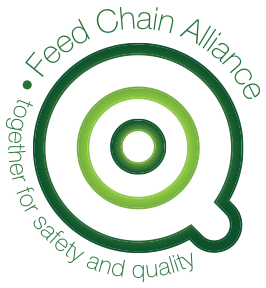Adding PrimeHumic to the feed has several (financial) benefits for laying hens:
Positive results: PrimeHumic binds Fipronil
For example, research has been conducted in practice at three companies that were confronted with a too high fipronil (sum) content. Within 15-30 days the values at these companies fell below the NVWA standard and after 45 days under 0.005 mg/kg. The observation of a feed supplier that mixes PrimeHumic with its feed, was that for 10-20 companies it appeared that PrimeHumic indeed contributed to accelerating the clearance of fipronil. This suggests that with the use of PrimeHumic less “new” fipronil ends up in the eggs. It could therefore be an additional aid to reduce the fipronil content in the eggs.
At BioAg Europe, no negative effects are known so far with long-term use of PrimeHumic.
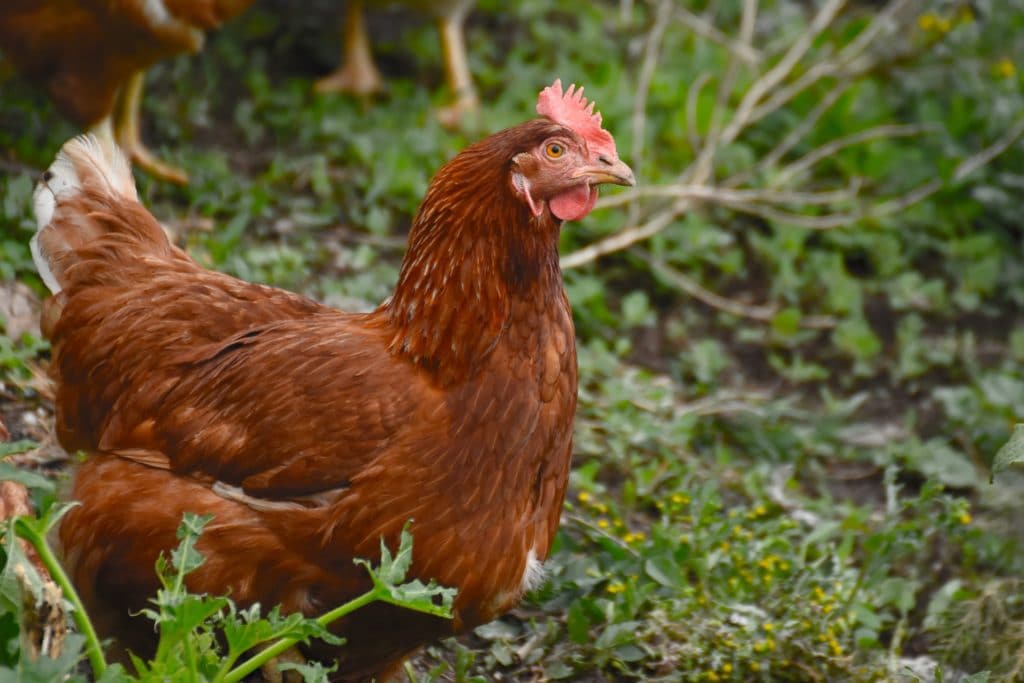
Improved feed conversion
Research with broiler chickens and meat ducks shows that adding PrimeHumic to the feed ensures an improved feed conversion.
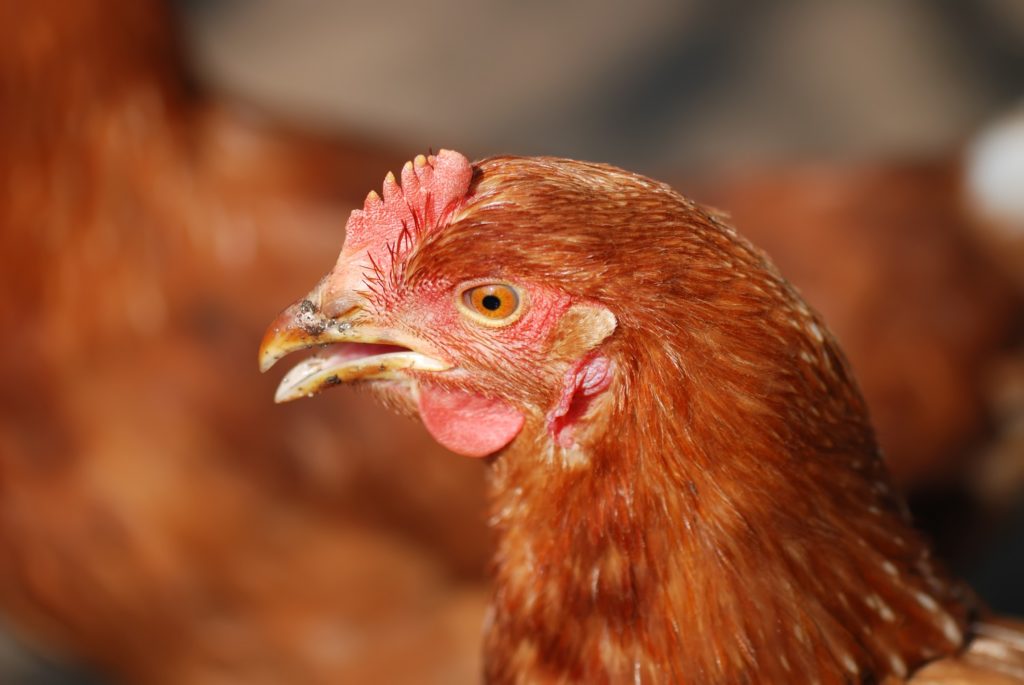
Improved intestinal structure
Stress in poultry results in a negative effect on the villus length and crypt depth in the jejunum. Research has shown that after adding PrimeHumic to the feed, the intestines of poultry are better protected against stress.
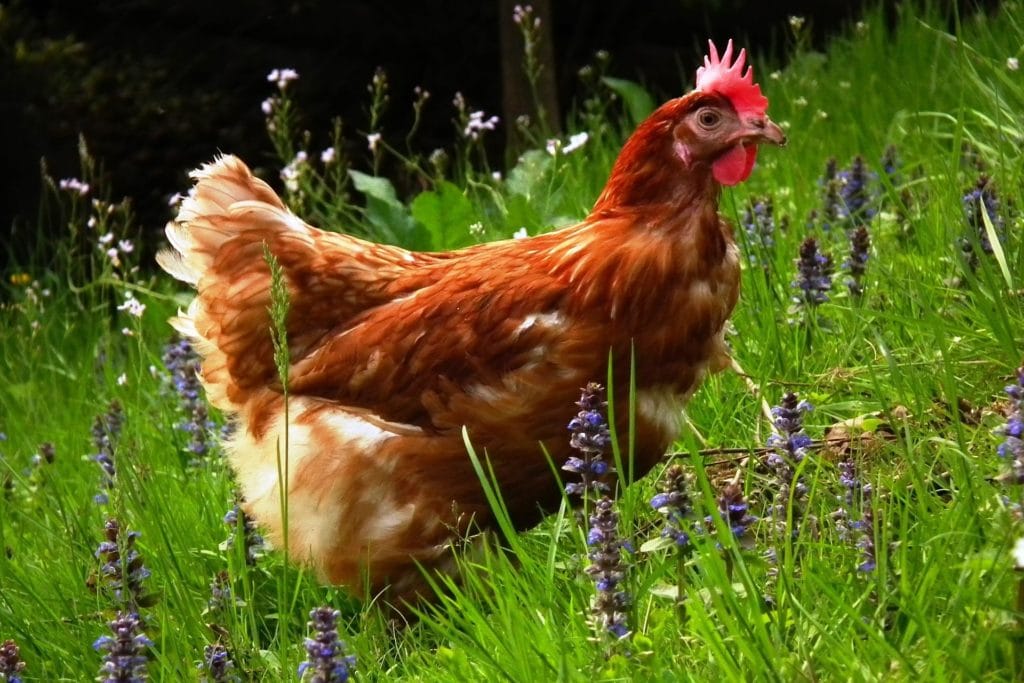
Neutralizing effect on glyphosate, mycotoxins and other toxins
PrimeHumic neutralizes the negative effect of glyphosate on the bacteria in the gastrointestinal tract and can inhibit the uptake of mycotoxins. This has a positive effect on (intestinal) health. PrimeHumic also binds fipronil. Chickens that were fed PrimeHumic were quicker below the fipronil standard than chickens that were not.
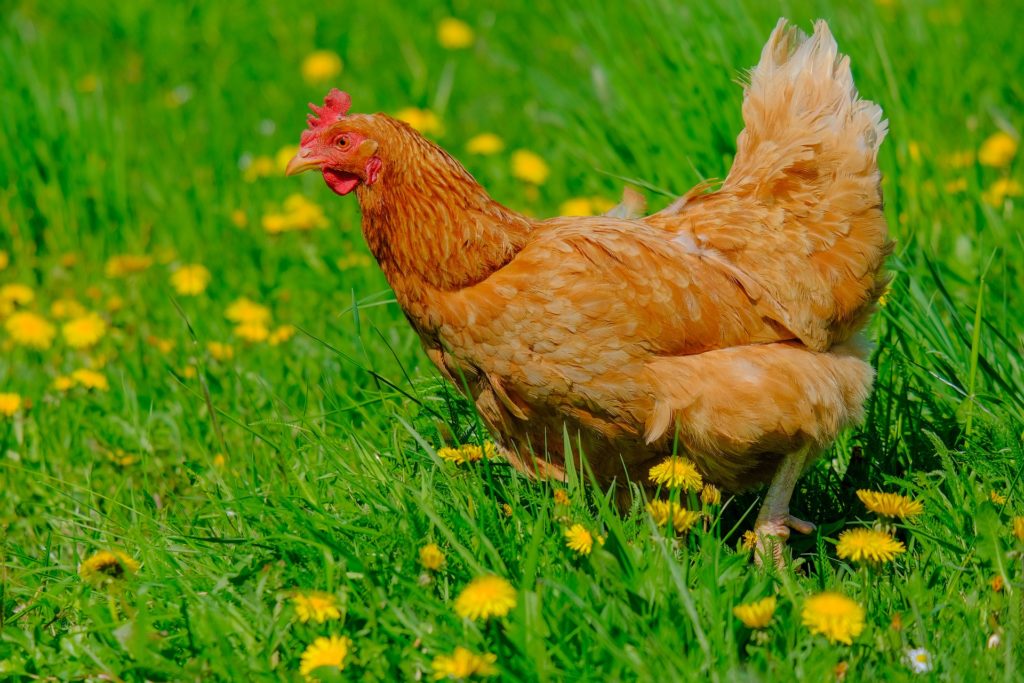
Healthier poultry
The combination of PrimeHumic and PrimeFulvic improves intestinal health and strengthens the transport and absorption of nutrients and minerals. Among other things, this results in a better resistance to stress and a better recovery after illness.



